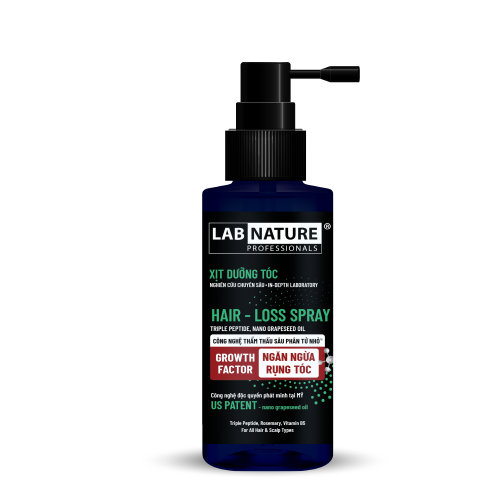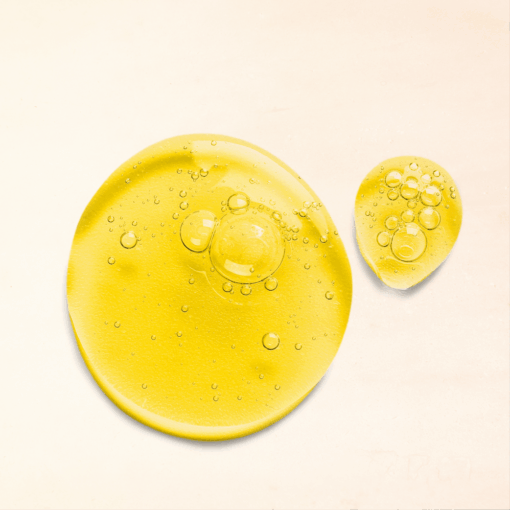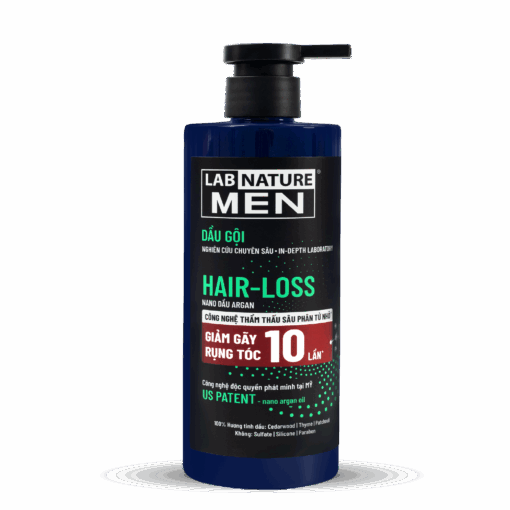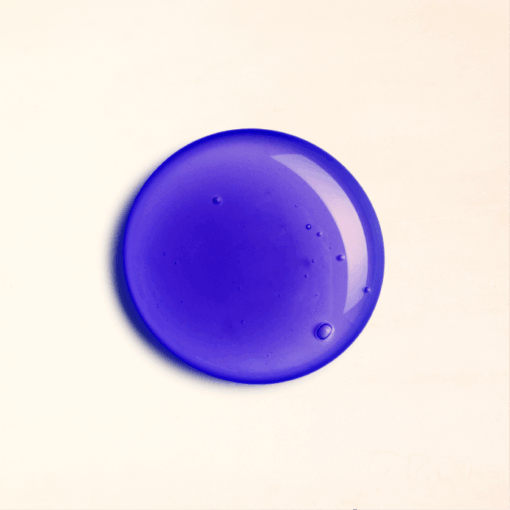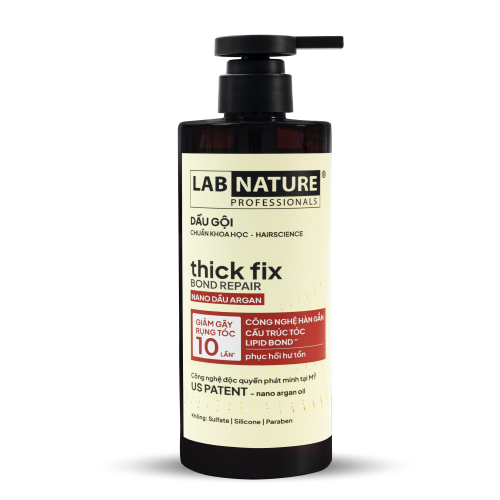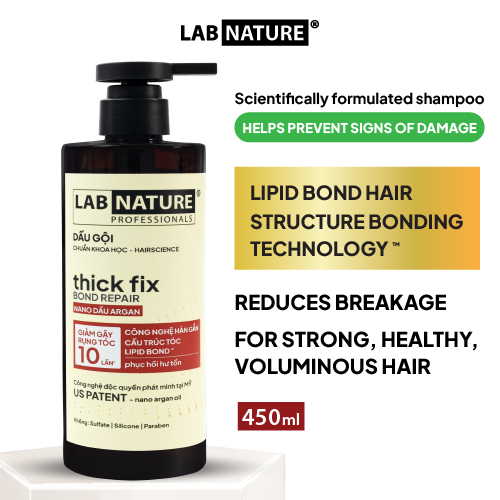Dimethicone is an extremely common ingredient in all cosmetic formulations, from creams and serums to shampoos, conditioners, body lotions, etc. However, it is considered potentially harmful to health and the environment. So, is Dimethicone really that harmful?
Dimethicone is a silicone oil, also known as polydimethylsiloxane (PDMS), with elastic properties. It is used as a surfactant and reducing agent.
Dimethicone in cosmetics
Difficult to clean: It is difficult to decompose and will remain in the environment, causing pollution.
Causes clogged pores: It is easy to clog pores if we do not clean them carefully
Reduces the effectiveness of other ingredients: Dimethicone has a high molecular mass and large size, so it prevents the absorption of the following substances after being used.
Easy to damage and break hair: Dimethicone does not nourish the hair, it creates a membrane around the hair preventing nutrients from penetrating and creating a virtual smooth effect, making the hair drier after a long use.
Dimethicone with health and environment
According to the European Chemicals Agency ECHA, Dimethicone, D4, and D5 – the most commonly used silicones in cosmetic products… are on the list of microplastics. Microplastics are known to be a silent ‘killer’. Because of their small size, microplastics spread everywhere, causing pollution.
More than 12 – 14,000 tons of plastic are ingested by fish in the North Pacific Ocean every year, and more than 100 million marine animals die each year from plastic waste. Information from the Vietnam General Administration of Seas and Islands said that marine species often eat microplastics because they mistake it for food. Over time, they will die because their stomachs are full of plastic and microplastics. And when marine organisms absorb microplastic pieces, they indirectly introduce them into our food chain, causing harm to our health.
When we eat an apple or a pear, we eat plastic because there are 195,500 plastic particles per gram in Apples and about 189,500 plastic particles per gram in Pears (according to research at the University of Catania, Italy). According to statistics, up to 74,000-121,000 microplastic particles are absorbed into the human body through food digestion or breathing. In 2019, WWF published an estimate that humans are eating and inhaling 5g of plastic per week, an amount of plastic enough to make a credit card. Microplastics smaller than 10 micrometers in size will penetrate deeper and get stuck in the alveoli, making it difficult to eliminate and causing harm to our bodies. In 2021, researchers found microplastics in the placental tissue of both mother and fetus.
This is a warning about the seriously dangerous situation of microplastic pollution globally today, which requires urgent measures to solve it.
Tags: NanoOliveOil/USPatentTechnology/NanoBiotech/HarmfullEffectSilicons/PreventHairLoss/ColoredShampoo/ColoredConditioner/DandruffShampoo.
